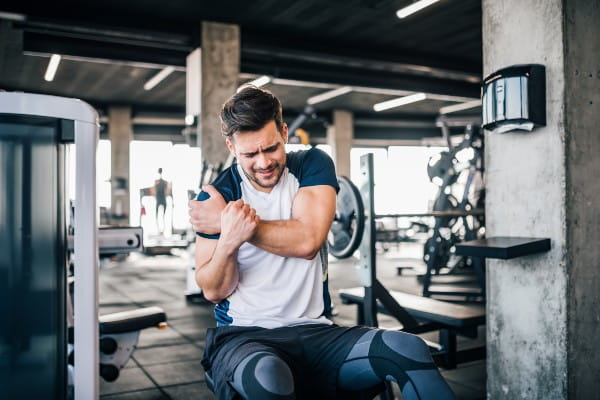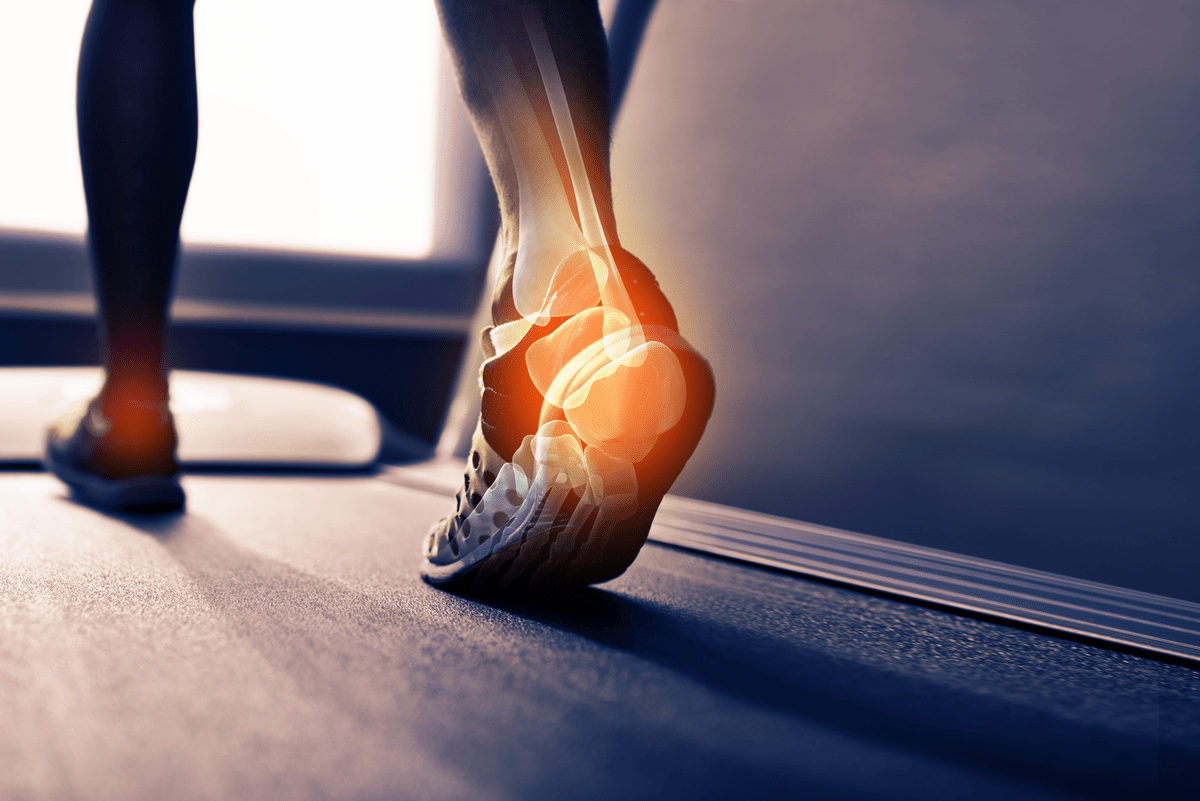Having an ACL tear can be devastating news for an athlete, whether they play sports in high school, college, the pros – or somewhere in between.
While some tears turn out to be season-ending injuries, with the help of a skilled sports medicine surgeon and physical therapy, athletes can eventually return to their favorite sports.
Overall, surgeons perform about 350,000 ACL reconstructions annually in the U.S., according to a 2017 orthopedic study published by the National Institutes of Health. But what exactly is the ACL? Why does it tear? And can we do anything to prevent it?
ACL tear and symptoms
“ACL is short for anterior cruciate ligament, and it’s one of the major ligaments in your knee that connects the femur to the tibia or shinbone below,” explains Orthopedic Surgeon Scott R. Kling, M.D. “Since the ACL stabilizes your knee, when it’s torn, your knee can buckle.”
Those who participate in fast-moving sports with sudden stops and changes in direction, such as football, soccer, lacrosse, basketball, tennis or skiing, are more likely to injure their ACL. The ACL can also tear in a tackle or collision if the knee is hit directly or if a knee is overextended.
Sometimes, an ACL injury is a sprain, but in many cases, a patient experiences a partial or full tear of the ligament.
Symptoms of an ACL tear include:
- Hearing a "pop" or a "popping" sensation in the knee
- Inability to put weight on a knee
- Knee instability
- Loss of range of motion
- Rapid swelling
- Severe pain, enough that it keeps you from resuming your activity
Treatment for an ACL tear
For those who participate in moderate exercise, physical therapy may be enough to treat an injured ACL, depending on the degree of the tear.
Your orthopedic surgeon likely will recommend ACL surgery if:
- More than one ligament or the meniscus (cartilage) in your knee is also injured. (About half of all ACL injuries also involve a meniscus tear.)
- The injury keeps you from playing your sport.
- Your knee buckles during everyday activities.
- You’re young and would have to endure too many years with an unstable knee.
During ACL reconstruction, an orthopedic surgeon will use a graft from the patient or a cadaver to reconstruct the ACL.
ACL injury prevention
Sometimes an ACL will tear, no matter what precautions an athlete or coach takes. However, they can take steps to lower the risk with advice from sports medicine specialists.
“Strength training is one way to reduce the odds of injuring your ACL,” Dr. Kling says. “Another way is to pay attention to biomechanics – how your body and knee line up and move while playing sports and exercising.”
Exercises to increase leg muscle strength, mainly the hamstring, are essential. Strength in the core, hips, pelvis and lower abdomen also improves your body mechanics.
Trainers and coaches can teach better cutting, jumping and landing techniques that emphasize proper knee position. Make sure you’re wearing the right footwear and padding for your sport.
Some knee injuries will require immediate attention in the emergency department. If you’re not sure and are concerned you’ve torn your ACL, please see your primary care physician or an orthopedic specialist right away. We have several convenient sports medicine locations to assist you.



